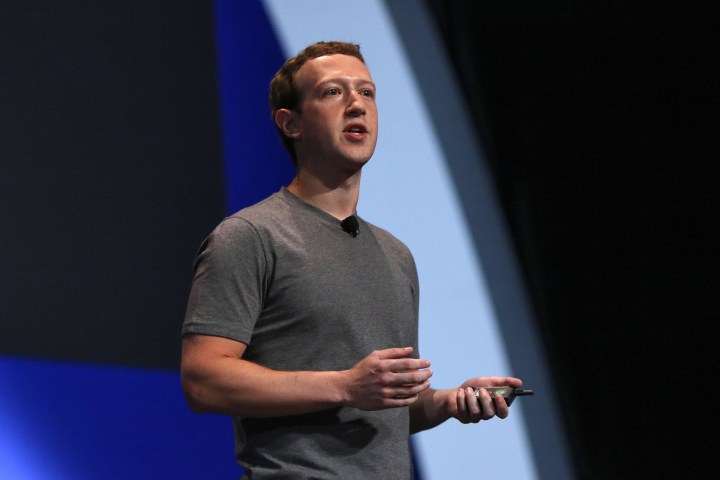
More than 70 advocacy groups — including the American Civil Liberties Union, Black Lives Matter, and the Center for Media Justice — have signed a letter addressed to Facebook CEO Mark Zuckerberg urging him to clarify his company’s policy regarding content removal.
In the letter, the organizations write they are “deeply concerned with the … cases of Facebook censoring human rights documentation, particularly content that depicts police violence.” They cite the removal of the iconic Terror of War photograph, reports of black activists’ content being removed, and the disabling of Palestinian journalists’ accounts as recent examples of censorship on the platform.
The groups specifically request Facebook implement a number of changes. First, and foremost, they urge the platform to release basic data on all user censorship (including the number of takedown requests by law enforcement agencies) to the public. This particular demand sounds similar to the information detailed in Twitter’s recent transparency report, which saw the platform identify the United States government agencies that make the highest volume of data requests.
The coalition also wants Facebook to create a public appeals platform for Facebook users who have had content removed, and for the company to undergo an audit regarding the “outcomes” of its Facebook Live video censorship policy. The fourth, and final demand, requests the social network stop disclosing customer data to third-party agencies unless required to by law.
The furore over the company’s approach to media content was reignited in September, when the platform removed the aforementioned “Terror of War” photo from the timelines of several users in Norway, claiming it breached its nudity policy.
The resulting outcry saw Facebook reinstate the image, and later add that it would allow “newsworthy” items (despite their sensitive nature) on a case-by-case basis.
On Monday, the company reiterated those claims in a meeting with the Association of Norwegian Editors in Oslo, reports Reuters.
“We have made a number of policy changes after The Terror of War photo. We have improved our escalation process to ensure that controversial stories and images get surfaced more quickly,” said Patrick Walker, Facebook’s director of media partnership for Europe, Middle East, and Africa.
“In the weeks ahead, we are going to begin allowing more items that people find newsworthy, significant or important to the public interest, even if they might otherwise violate our standards.”
Facebook has continuously shunned any attempt to paint it as a so-called “media company.” Whereas the letter from the advocacy groups claims Facebook is now a site that breaks the news, the company’s COO Sheryl Sandberg recently stated its focus is on technology and building tools, not on making stories.


